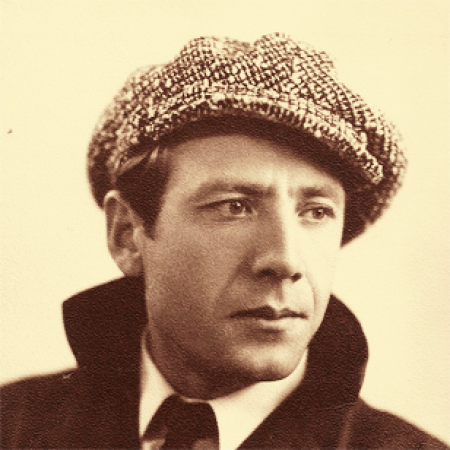In Soviet times, Armenian culture had its share of absurd and, sometimes, enigmatic deaths. Three of their representatives ended their lives when they were on or about to become forty-seven-years-old. Poet Paruyr Sevak (1924-1971) and painter Minas Avetisian (1928-1975) died in car accidents whose circumstances have not been totally elucidated. A less known name, writer Moushegh Galshoyan, would also share that tragic fate.
Galshoyan was born Moushegh Manoukian on December 13, 1933, in the village of Mehriban, now Katnaghbiur, in the area of Talin (district of Aragatzotn). His parents were survivors of the genocide from the area of Sasoun. His father had lost his first wife and four children during the massacres.
The future writer, who would take the ancestral Galshoyan name, reflected in his ethos and his literature the heritage of Sasoun to the point that his writings about the survivors of that area seemed to have been the work of someone who was born and lived there, and had shared the nightmare of the massacre and deportation.
Galshoyan graduated from the Agricultural Institute of Yerevan in 1957 and worked for a few years in his field, until he switched to journalism. In the 1960s he worked first at the three-weekly Avangard and, afterwards, at the newly founded monthly of the Writers Union of Armenia, Garoun, which became one of the freshest voices of Armenian literature.
The distance from journalism to literature was not too big, and in 1969 Galshoyan published his first collection of short stories, Crane. However, he established his maturity as a writer with the short novel Dzori Miro, first published in 1971 in Garoun. Here, he introduced still present and fresh questions about the past and the impossibility to come to terms with the world for the injustice that had been committed. The writer’s heroes seemed to be the actual offspring of the heroes of the national epic David of Sasoun, as they shared their qualities, and the fedayees who had fought against Turkish oppression at the beginning of the twentieth century. In 1971 he graduated from the courses of the Institute of Literature “Maxim Gorki” of Moscow. He published a second collection of short stories, Flourished Stones (1973), and the novel Where They Toast Linen (1974).
On October 15, 1980, two months before his forty-seventh birthday, Moushegh Galshoyan was killed in his birthplace, Katnaghbiur, from an accidental shot from his own gun when he had stopped to take a break during hunting. In 1981 a posthumous collection of his short stories, The Clouds of Mount Marout, was released, and earned him the State Prize of Armenia. His novel Dzori Miro was published as a book in 1983. Two years before, it had become a successful film, with Sos Sargsian in the main role.
